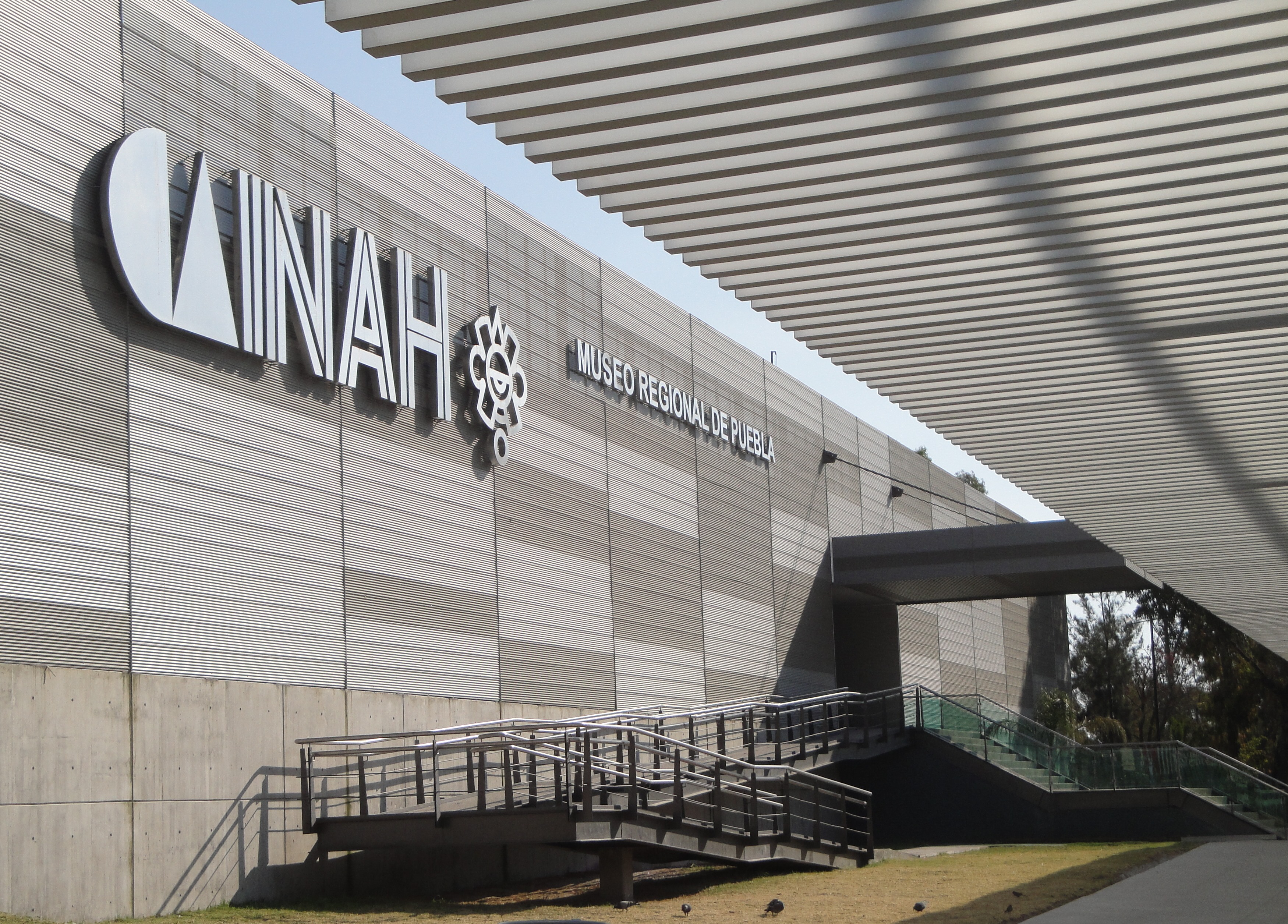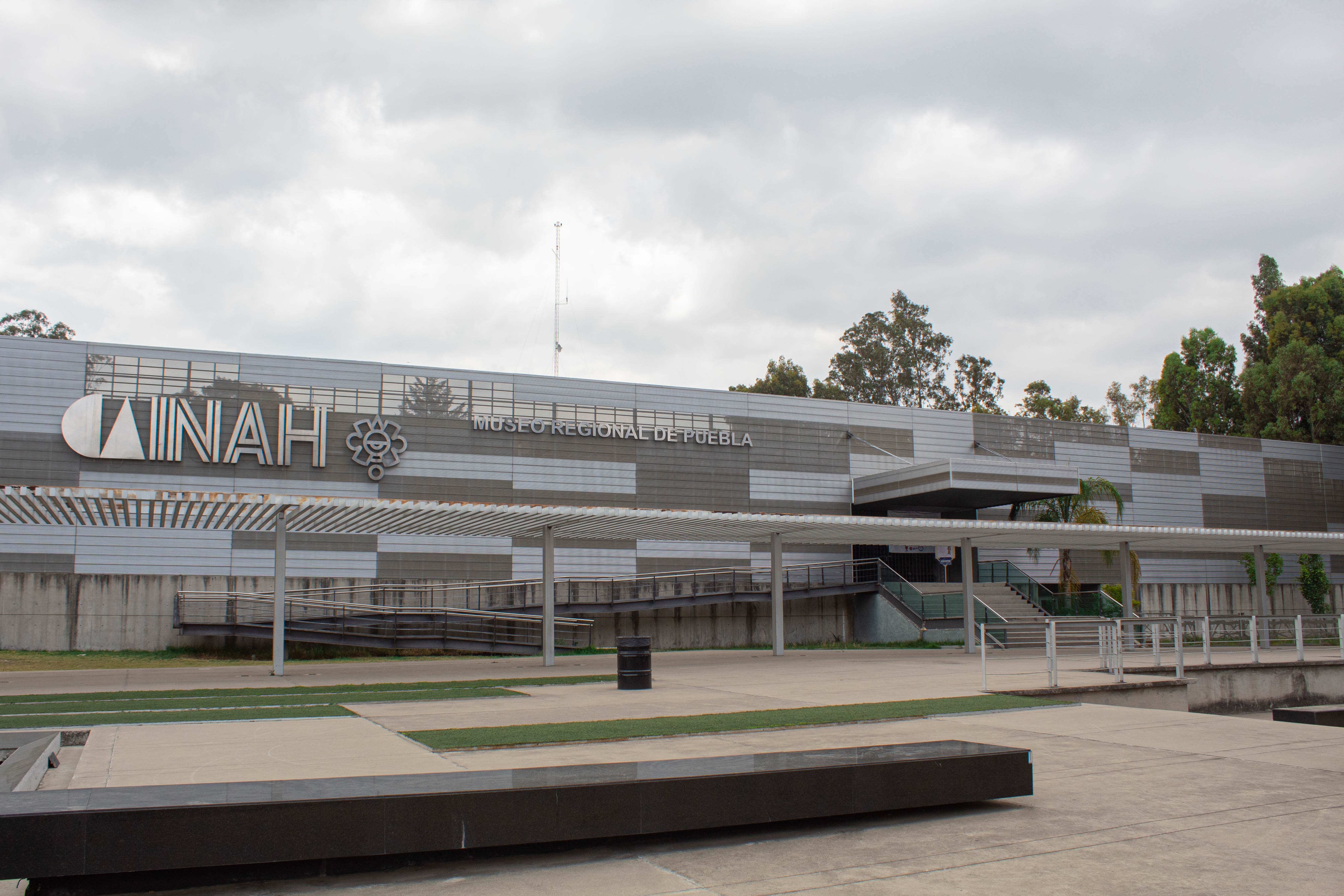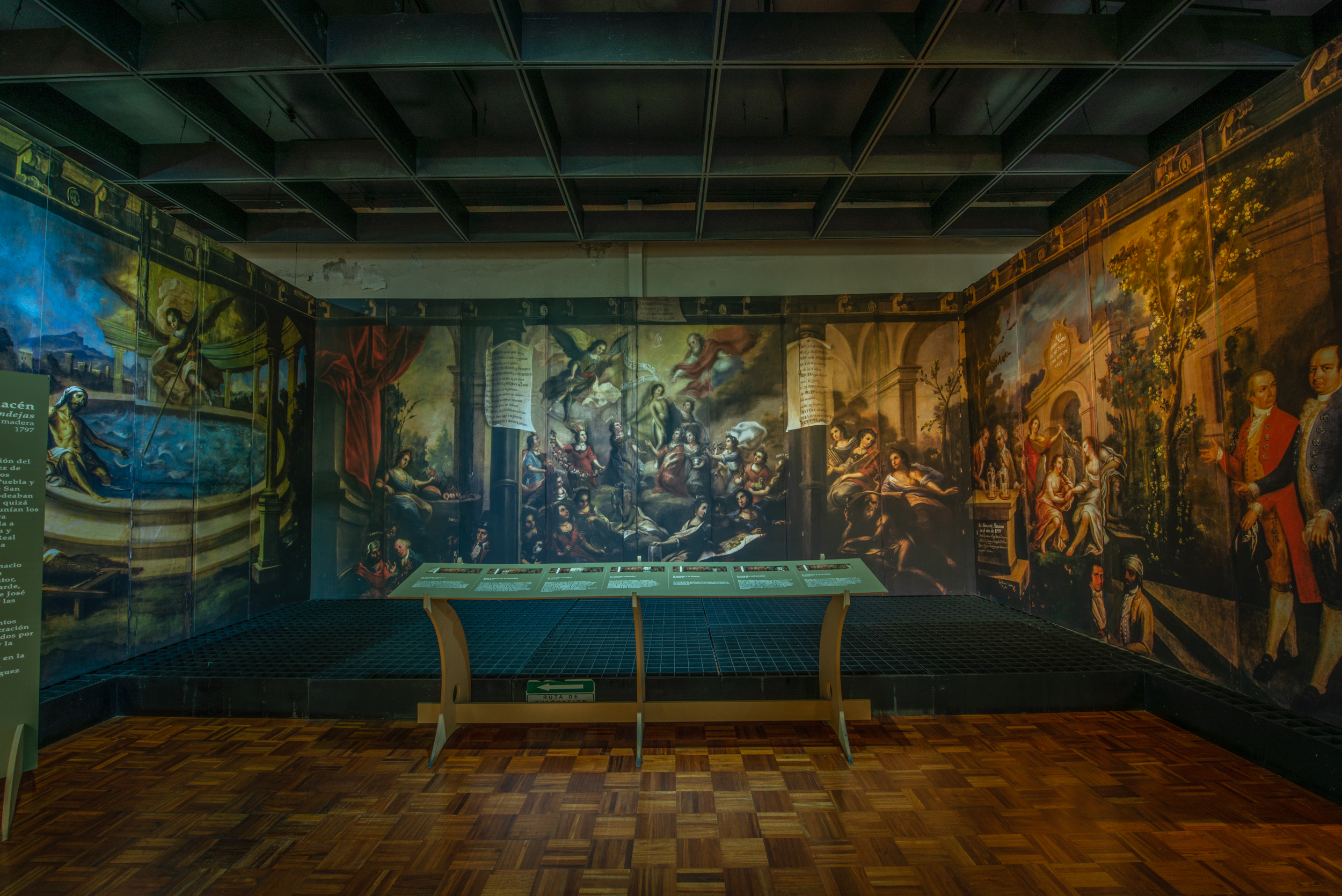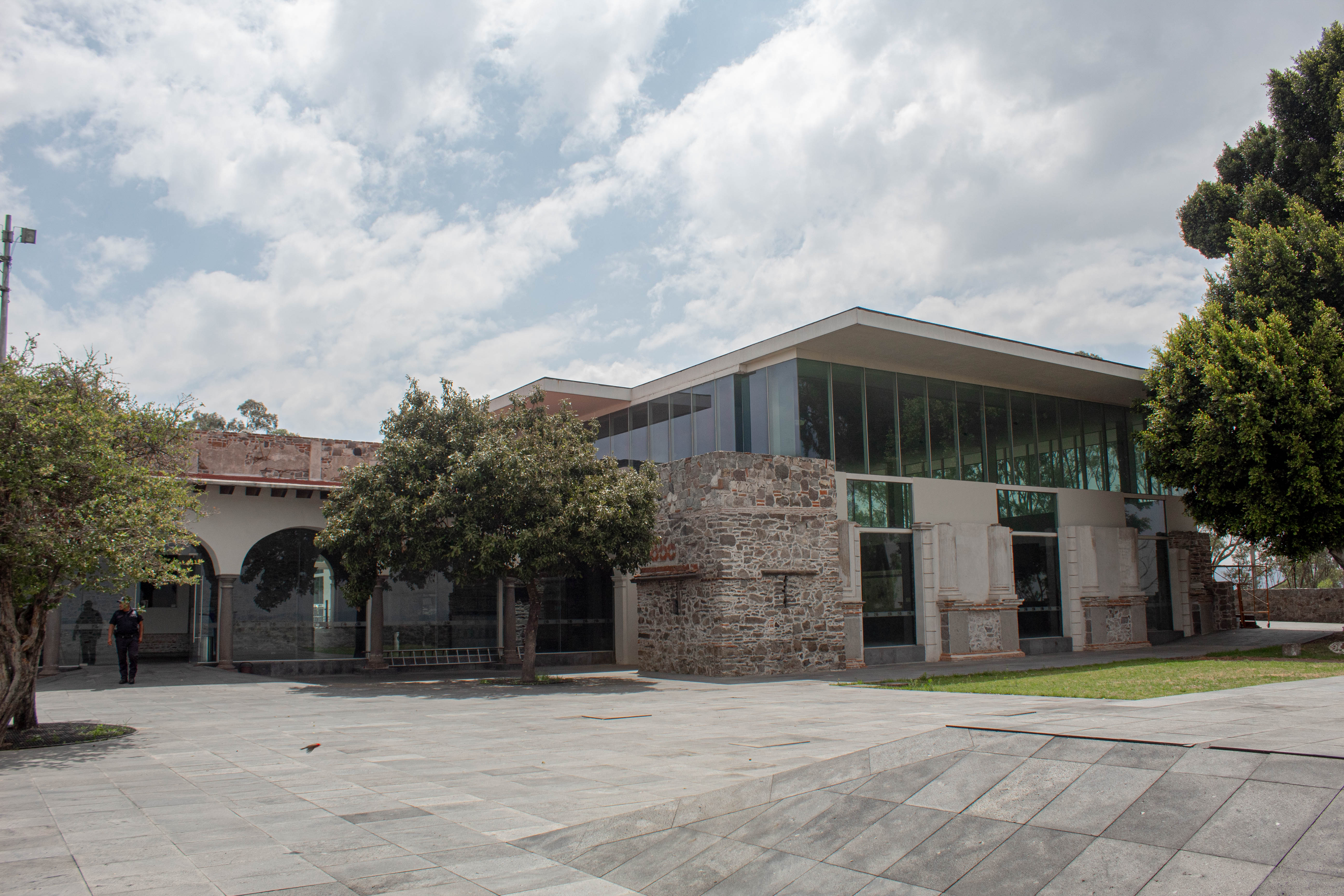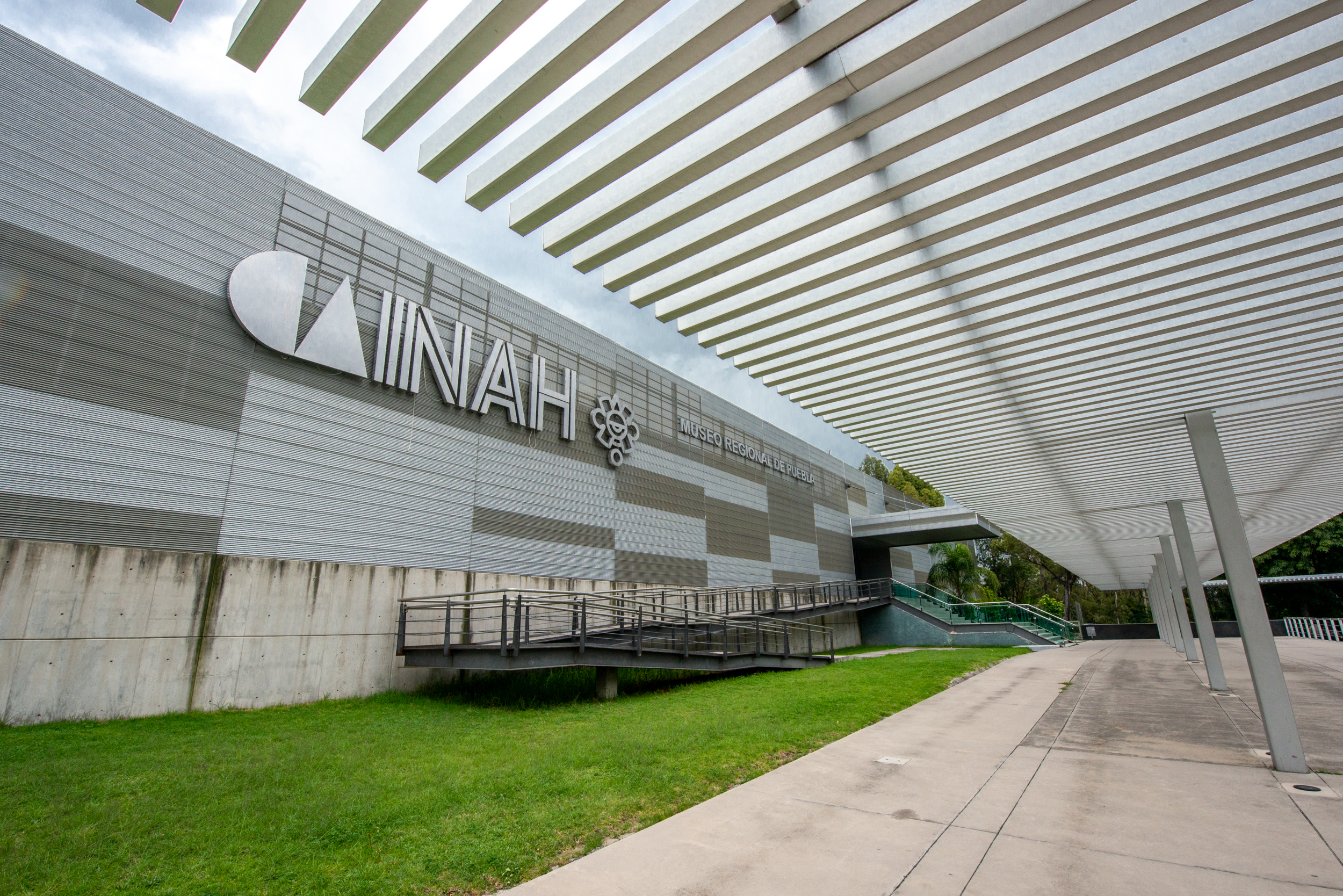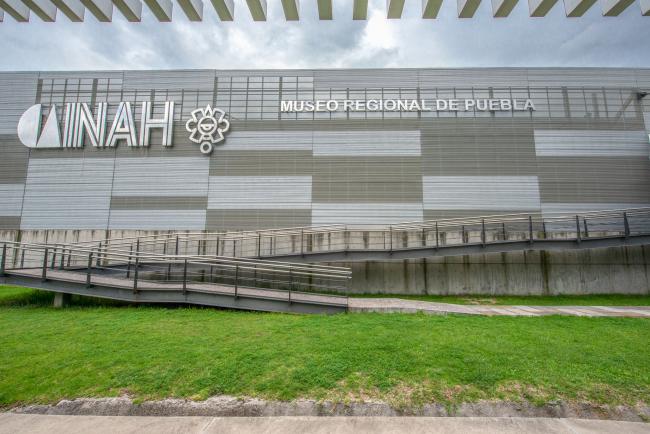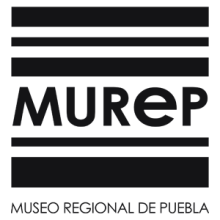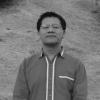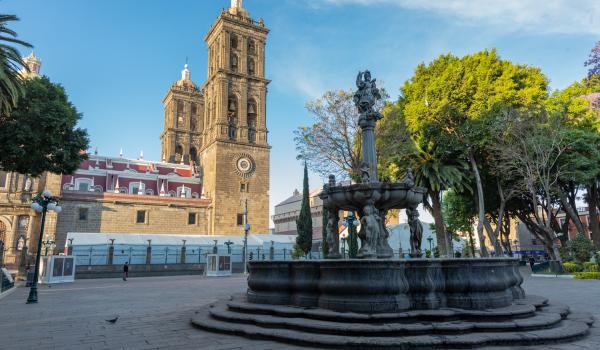The Regional Museum of Puebla encompasses prehistory (the most ancient remains of human activity in Mexico, dating to approximately 7,000 BC, are found in the Valley of Tehuacán) to the modern day. It was inaugurated in 1974 to celebrate the centenary of the Battle of Puebla (1862). It is housed in a modern building designed in 1962 by the architect Abraham Zabludovsky as part of the 5 de Mayo Los Fuertes Civic Center, an urban architectural project that turned this historic area into a type of park-monument for the public to enjoy.
The permanent exhibit is divided into four sections that cover the following topics: 1) Introductory Gallery. This provides useful details on the state’s geography and climates, from the arid deserts of the south to tropical forests in the Sierra Norte. 2) Archeology Gallery. This looks back at prehistory, with remains and samples gathered from the Valley of Tehuacán, such as carved stone axes, scrapers and knives. As to the pre-Hispanic period, it has an excellent exhibit of polychrome ceramics produced by Cholulteca potters in the Postclassic period (900 to 1521 AD). 3) History Gallery. This covers the period from the Spanish Conquest of Mexico to the Mexican Revolution. The Tlaxcala Canvas, a colonial codex that illustrates the arrival of Spanish conquerors in the Puebla-Tlaxcala Valley, is of note from the period of the Conquest. The Vice-Regal period is represented by a wide variety of Talavera Poblana pottery pieces, together with paintings and gilded wooden sculptures. The period of Independence is illustrated with various cannons, weapons and uniforms. There is a coach and attire from the Porfiriato which allow us to appreciate the opulent lifestyle of the privileged classes, as well as helmets, military hats, weapons and utensils from the time. In connection with the Mexican Revolution—where Puebla played an important role—we see books, satirical posters and photographs that illustrate the revolutionary atmosphere which concluded with the heroic deeds of the Serdán brothers. 4) Ethnography Gallery. This displays instruments, tools and utensils used by various farming communities for their productive activities; everyday life through furniture, clothing, toys, medicines and school supplies; folk dances from different parts of the state, with their costumes and masks; and the cycle of life: a collection of ornaments made from colored paper, cloth, wax and plastic which refer to the life of a human being from birth to death.





